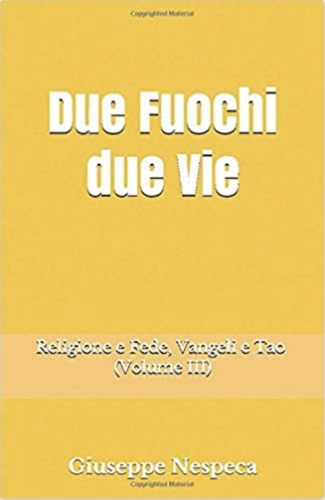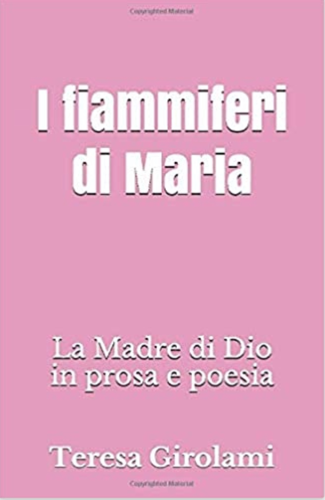The term agape, which appears many times in the New Testament, indicates the self-giving love of one who looks exclusively for the good of the other. The word eros, on the other hand, denotes the love of one who desires to possess what he or she lacks and yearns for union with the beloved. The love with which God surrounds us is undoubtedly agape. Indeed, can man give to God some good that he does not already possess? All that the human creature is and has is divine gift. It is the creature, then, who is in need of God in everything. But God's love is also eros. In the Old Testament, the Creator of the universe manifests toward the people whom he has chosen as his own a predilection that transcends every human motivation. The prophet Hosea expresses this divine passion with daring images such as the love of a man for an adulterous woman (cf. 3: 1-3). For his part, Ezekiel, speaking of God's relationship with the people of Israel, is not afraid to use strong and passionate language (cf. 16: 1-22). These biblical texts indicate that eros is part of God's very Heart: the Almighty awaits the "yes" of his creatures as a young bridegroom that of his bride. Unfortunately, from its very origins, mankind, seduced by the lies of the Evil One, rejected God's love in the illusion of a self-sufficiency that is impossible (cf. Gn 3: 1-7). Turning in on himself, Adam withdrew from that source of life who is God himself, and became the first of "those who through fear of death were subject to lifelong bondage" (Heb 2: 15). God, however, did not give up. On the contrary, man's "no" was the decisive impulse that moved him to manifest his love in all of its redeeming strength.
[Pope Benedict, Message for Lent 2007]












